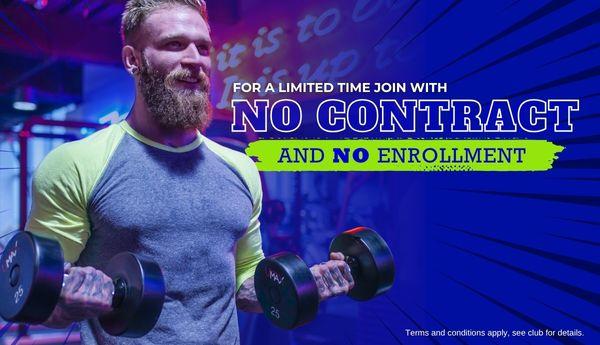Aquatics
Our Goddard location is home to a natatorium, featuring a 25-yard, ten-lane pool with stadium seating, competition pool with blocks and one diving board, as well as a 25-yard warm-up pool.
We offer swim lessons for all ages, lap swimming, and even free aquatics classes for our members!
Get Started with Lessons
Mighty Fins™ Swim School
Mighty Fins™ Swim School is the premier swim destination in the Wichita and Goddard communities. It is our pleasure to watch your children learn to love the water, to teach them how to be safe in and around the water, and to expand their passion for swimming beyond recreation and onto a swim team.
More Info
Swim Team Prep
We are launching Youth Swim Team Prep at our Rock Road and Goddard locations! Both clubs will run parallel programs.
This program will also feature one in-house meet at our Goddard pool, and an end-of-season pool party.
Request Info
















